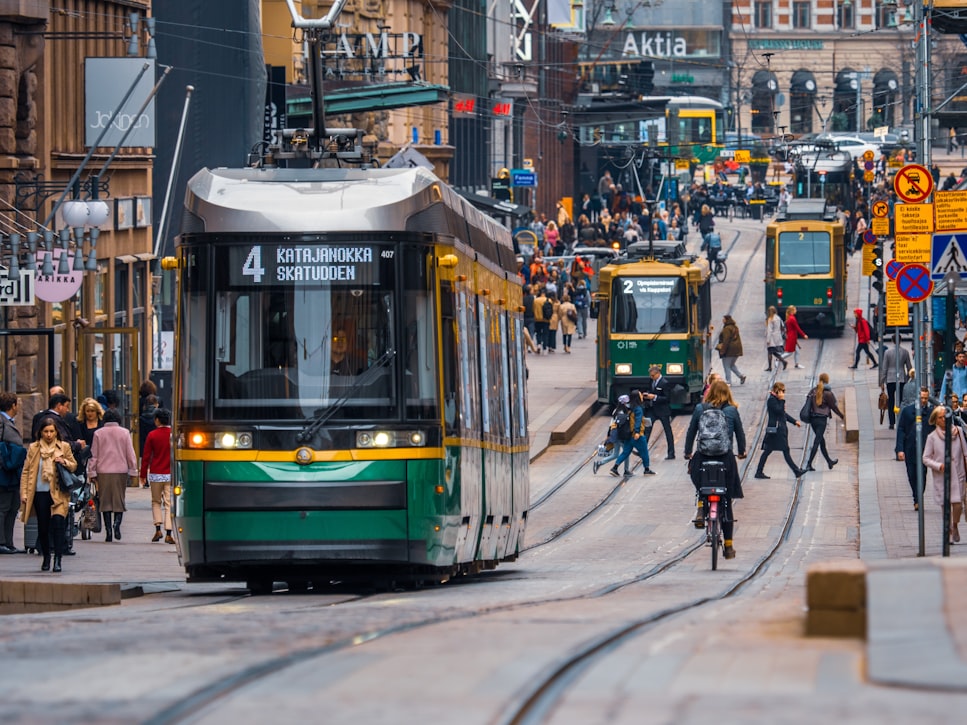Metal music soothes anger and depression
I read it in one of the Instagram stories (by the way, these are the best Instagram profiles in Finland) by the Finnish-Dutch psychologist Bjarne Timonen (this is his instagram, if you want to follow him too). According to a study, it’s true that Finland’s favourite music, Heavy Metal, helps with anger and depression.
Table of Contents
Finland and the Mind
Finland ranks again #1 in the happiness study. And here’s a list of 10 things that make a Finn happy.
But is everything perfect? Of course not. Long winters tend to make people melancholic and perhaps hit the bottle a tad too much. Nowhere it is perfect.

With an extreme climate like Finland’s, and endless winters of darkness and cold (as well as low population density in many parts of the country), it is normal for many people to experience and tend to negative emotions, such as depression and anger.
But it seems that Finns have unknowingly found a natural way to cope with it: heavy metal music.
Heavy metal music helps calm anger and depression. Share on XFinland and Heavy Metal
Knowing the aforementioned fact we understand better why there are more Metal bands per capita in Finland than in any other country. Or why in the University of Helsinki there is a postgraduate course of Heavy Metal. Or why there is a priest who gives his masses with Metal music (of course that helps to keep people engaged).

Does metal music help with anger and depression?
Yes. Or at least that’s what transpires from the Frontiers in Human Neuroscience study. Here you can read it in full.
Heavy Metal and associated genres (Death-, Black-, Folk-Metal, or Metalcore), are associated by the tabloids – and even serious means – of provoking aggression or criminal behavior.
But is this true?A group of Australian researchers conducted a study where subjects were made angry and then asked to listen to their favorite (extreme) music or – for the control group – to remain silent. Emotions were then measured both objectively (e.g. by counting beats per minute) and subjectively (interviews and questionnaires).
The results? Extreme music not only does not cause anger, but helps the listeners to process their negative emotions and calm down. It also seems to stimulate feelings of activity and inspiration. The authors concluded that extreme music does not cause anger but rather helps well-disposed listeners to process their negative emotions and calm down. It furthermore seems to stimulate feelings of activity and inspiration.
Fronteers in Human Neuroscience
It seems that the Finns – well, and the musician Justin Currie when he said at his concert at the Triple Door in Seattle that “the further north you go, the more they like rock” – found a natural way to combat the effect of the environment on their psyche. And they turn the problem into a virtue.
What do you think of Finnish Metal? What effect does Metal music have on your life?
Topics: Finnish Music |
Leave your comment!
|  Print This Post
Print This Post









"Perkele" is mostly used for extreme frustration NOT as a surprised response. That's even more pronounced with "Voi Perkeleen Perkele"…